Are you using all the options for email marketing?
For smaller business without a full-fledged email programme, it's not always obvious that email marketing needn't just be limited to the good old newsletter. To help you review all the other different email options, we’ll go through the ‘usual suspects’ available from email marketing that can help you as a marketer, achieve many different goals.
Best practices for encouraging opt-in to email marketing
In the wake of the recent prosecution and fine of John Lewis, the department store chain, for sending of unsolicited spam emails, we need to take a second look at communications we sent out. In almost types of emails, but not all, subscribers should be able to opt-out. To help avoid any legal issues, bear in mind it is best practice for email subscription to:
- Leave the email opt-in box blank on the sign-up form. I.e. do NOT pre-populate it with a tick.
- Operate a double opt-in procedure with your subscribers. First of all they sign up, for example on your website, and then following this, they receive a mail asking them to confirm their email address and activate their subscription [Editor's note: we would disagree this is essential for brands when consent is clear at signup, but is good practice for publishers or to avoid the John Lewis scenario]
- Include an opt-out link in almost all email communications sent (detailed below)
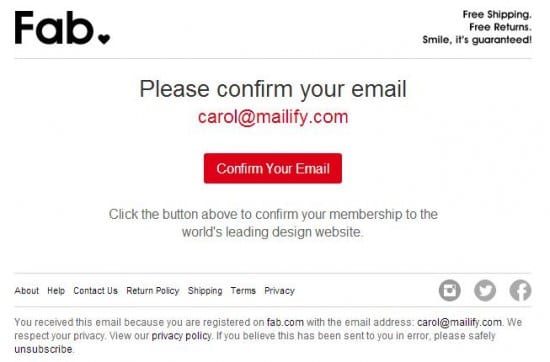 Emails can be divided into 2 main types/categories:
Emails can be divided into 2 main types/categories:
- Group Emails: if the email is sent as a ‘blast’ to all or a segment of the database (one to many).
- Individual Emails: if the email sent by the company to an individual (one to one).
Group Emails

1. Classic Newsletters
This email keeps your company top of mind and keeps your subscribers engaged. These newsletters can be shared by email or on social networks; this viral effect will increase your brand’s reach. Generally they are sent out at a regular frequency, time and day, so the subscriber knows to expect them. They require an opt-out! There are two main subtypes:
- Informational: these allow you inform and also to recycle and highlight content from elsewhere, such as in the press, on your blog etc.
- Promotional: here the goal is to get the person to buy, often with product reviews, images, description, links, limited-time offers and calls to action (often leading to specific landing page).
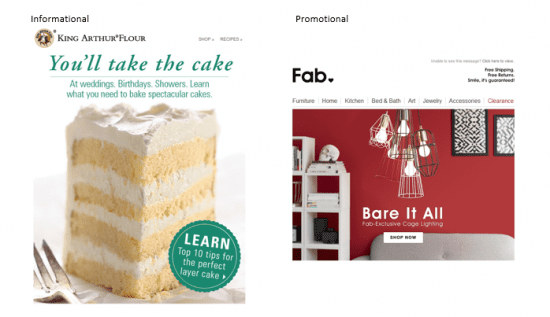
2. Exceptional Newsletters
These are used to make one-off announcements to your database. By their nature, they are irregular in their timing, contrary to the classic newsletter. They require an opt-out! Examples of content to include in this type of enewsletter include:
- press release
- product launch
- new product features
- store opening
- training day or webinar
- survey
- competition
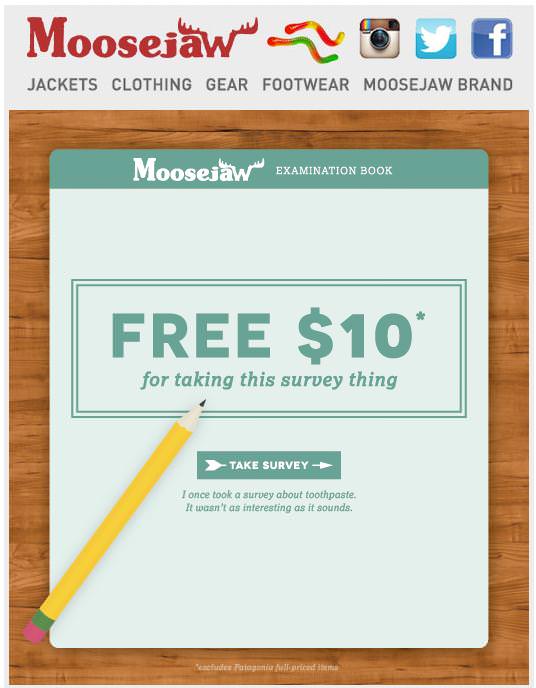
Individual Emails
3. Transactional Emails
 This email supports the purchase process and should be fully expected by the recipient. For example, a customer purchase online can lead to:
This email supports the purchase process and should be fully expected by the recipient. For example, a customer purchase online can lead to:
- Email Order confirmation
- Dispatch confirmation
- Estimated delivery date
- Order Cancellation confirmation
They are not scheduled, like classic newsletters, but occur in real-time, depending on the actions of the buyer and the seller. This is the communication Amazon that has become famous for. NB: they’re the only type of email that doesn’t require an opt-out link!
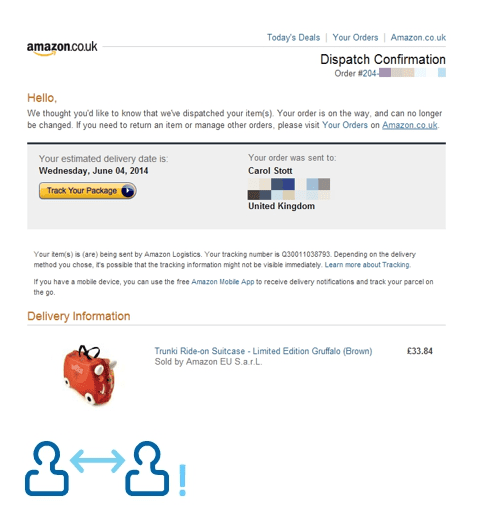
4. Triggered Emails
As the name suggests these are triggered by an event, but may not be expected by the recipient. They require an opt-out!
- Welcome message
- Win-back ‘sleeping’ subscriber
- Abandoned cart
- Birthday offer
- Yearly subscription renewal
- Product feedback request following purchase.
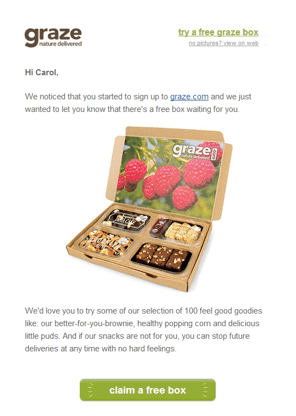

Thanks to Carol Stott for sharing her advice and opinions in this post. Carol is an International Product Manager at
Mailify. A creative strangely attracted to the geek side of things and 10 year career slasher. You can connect on
LinkedIn, follow on Twitter
@mailify_en, or read
Malify's blog.














